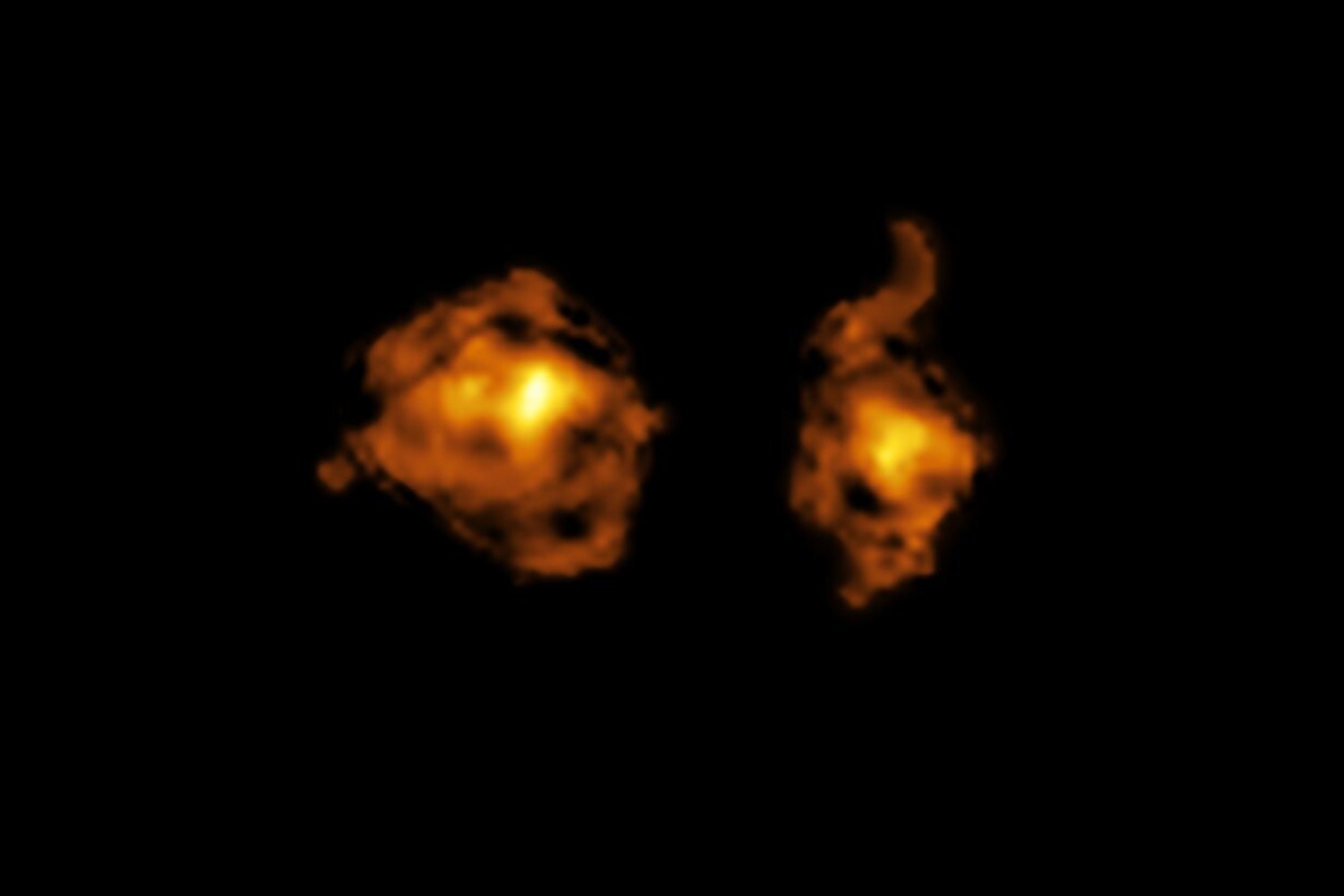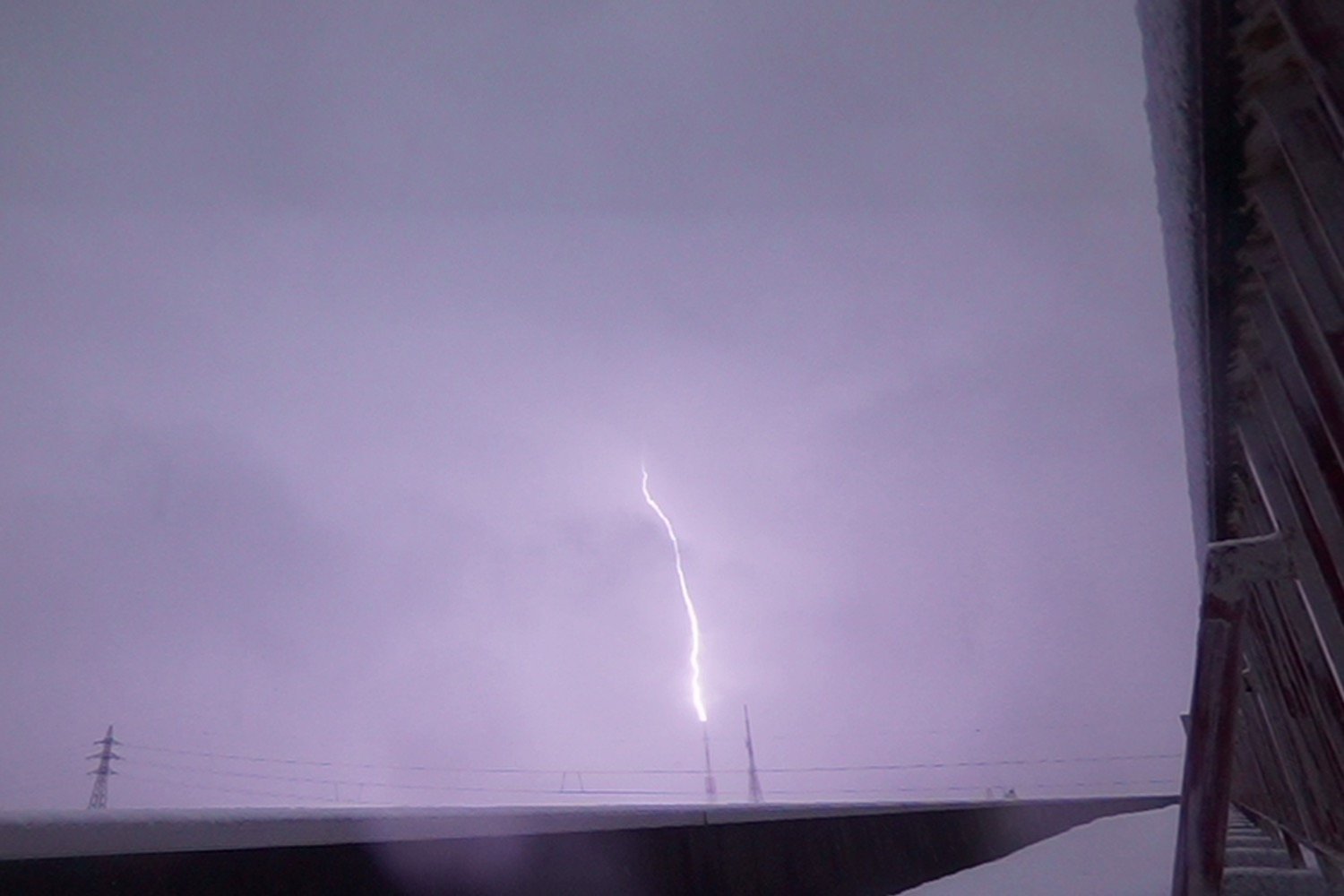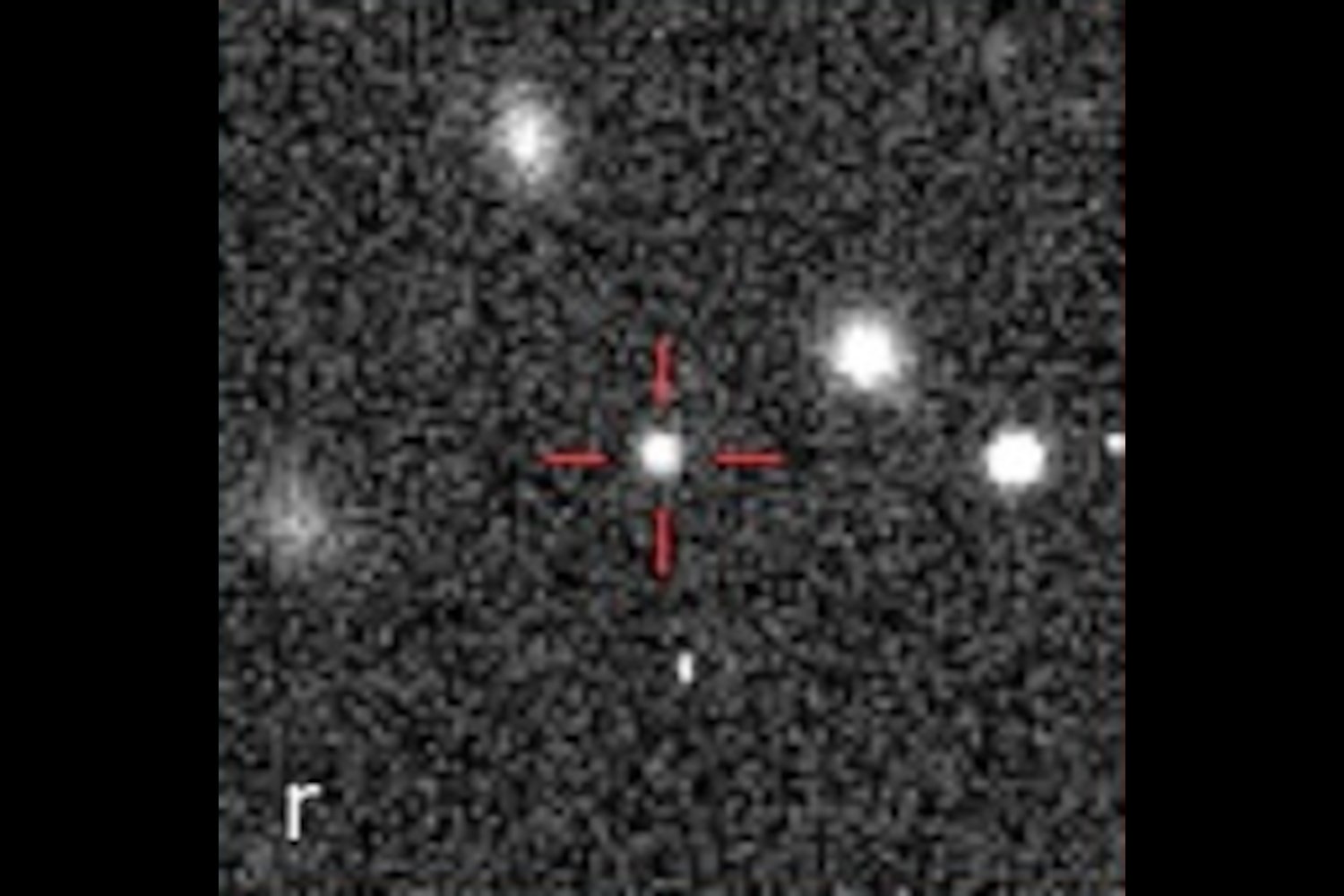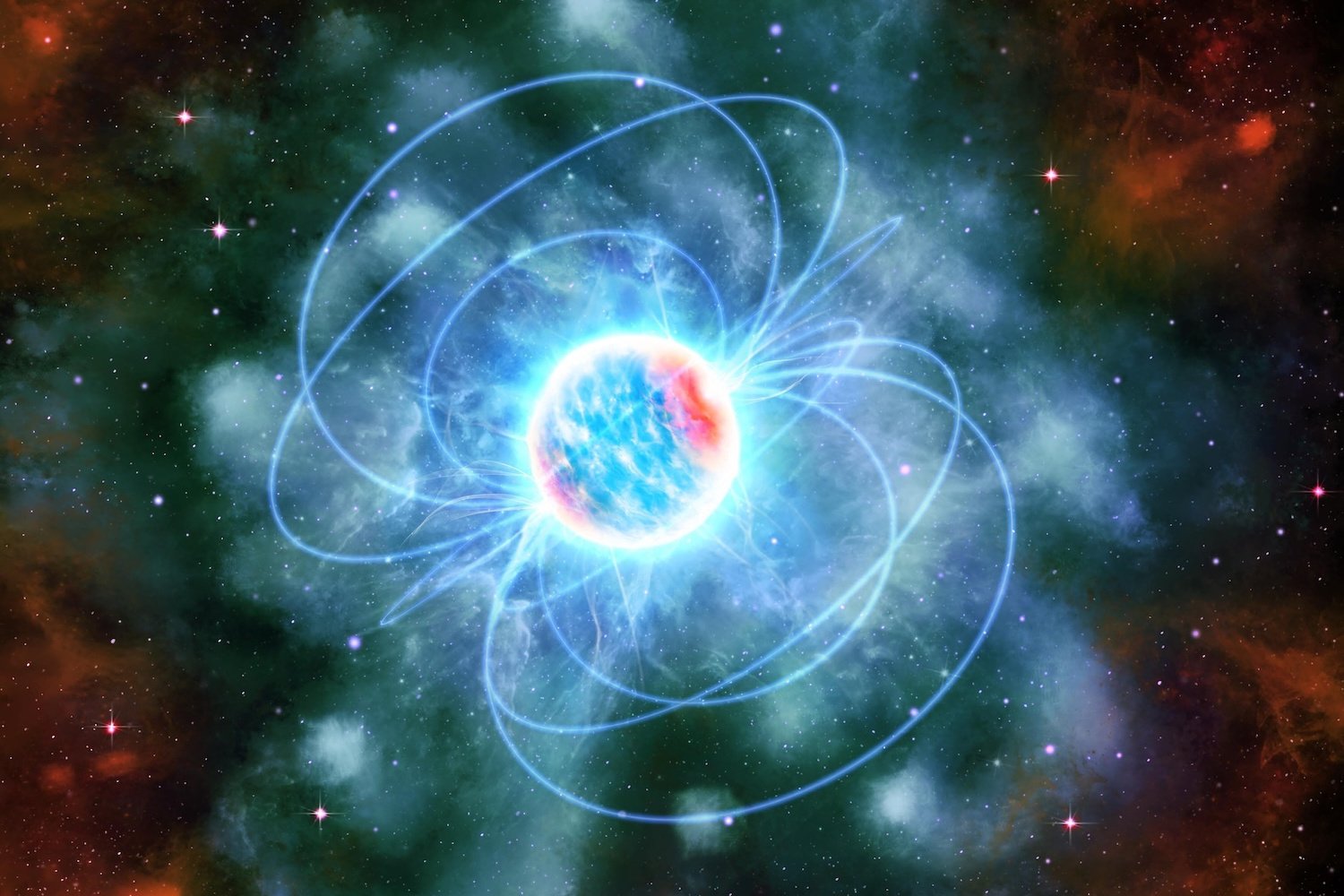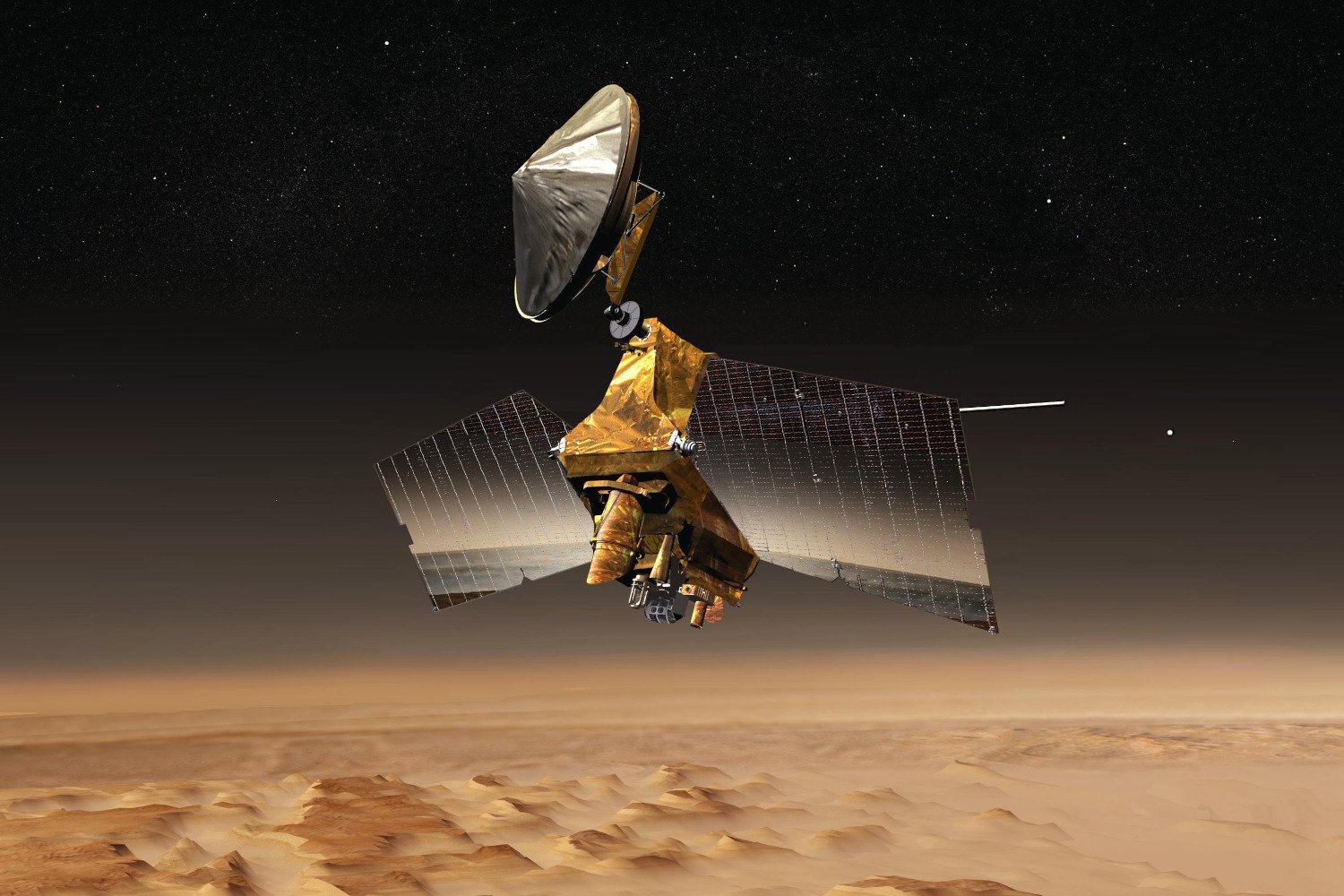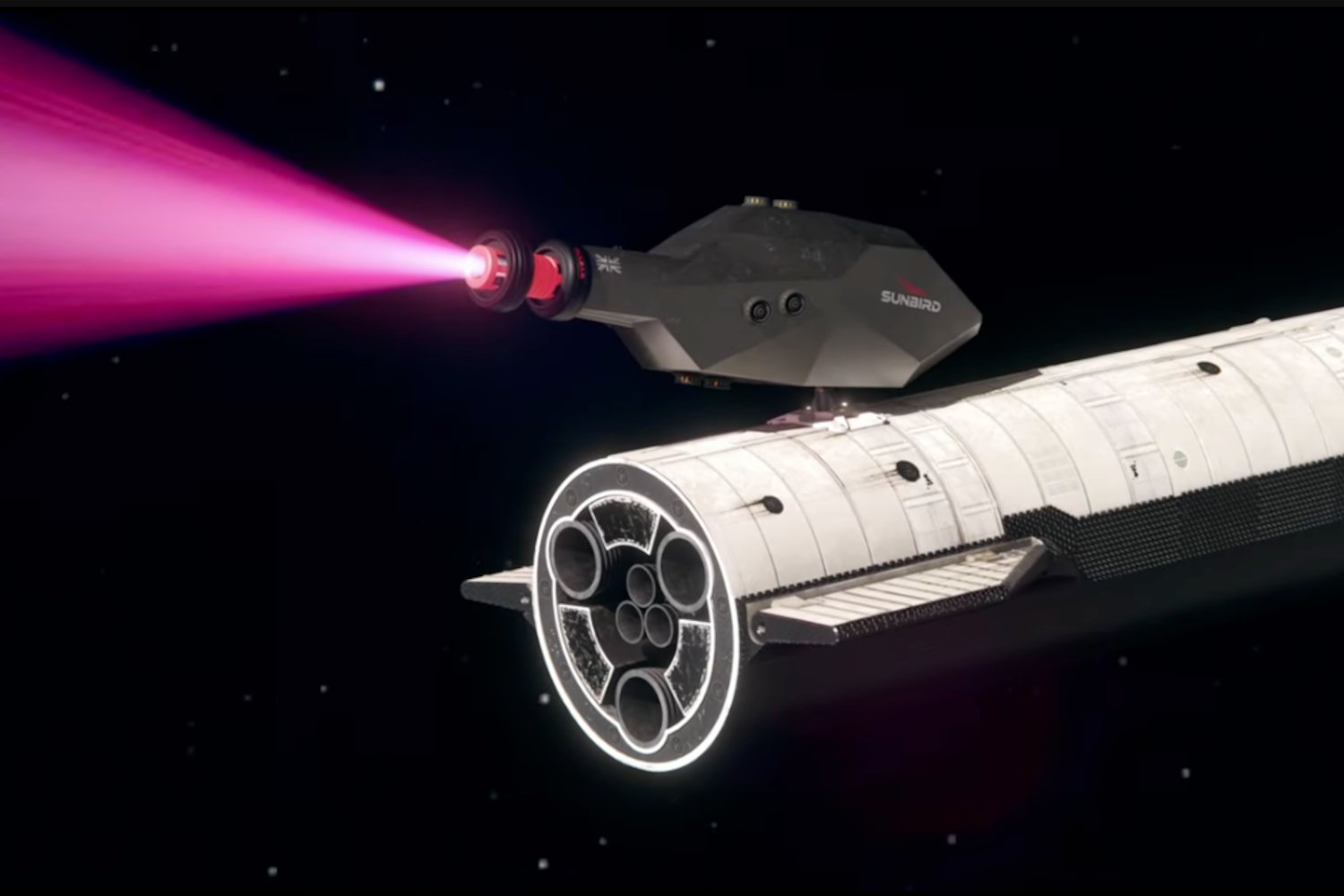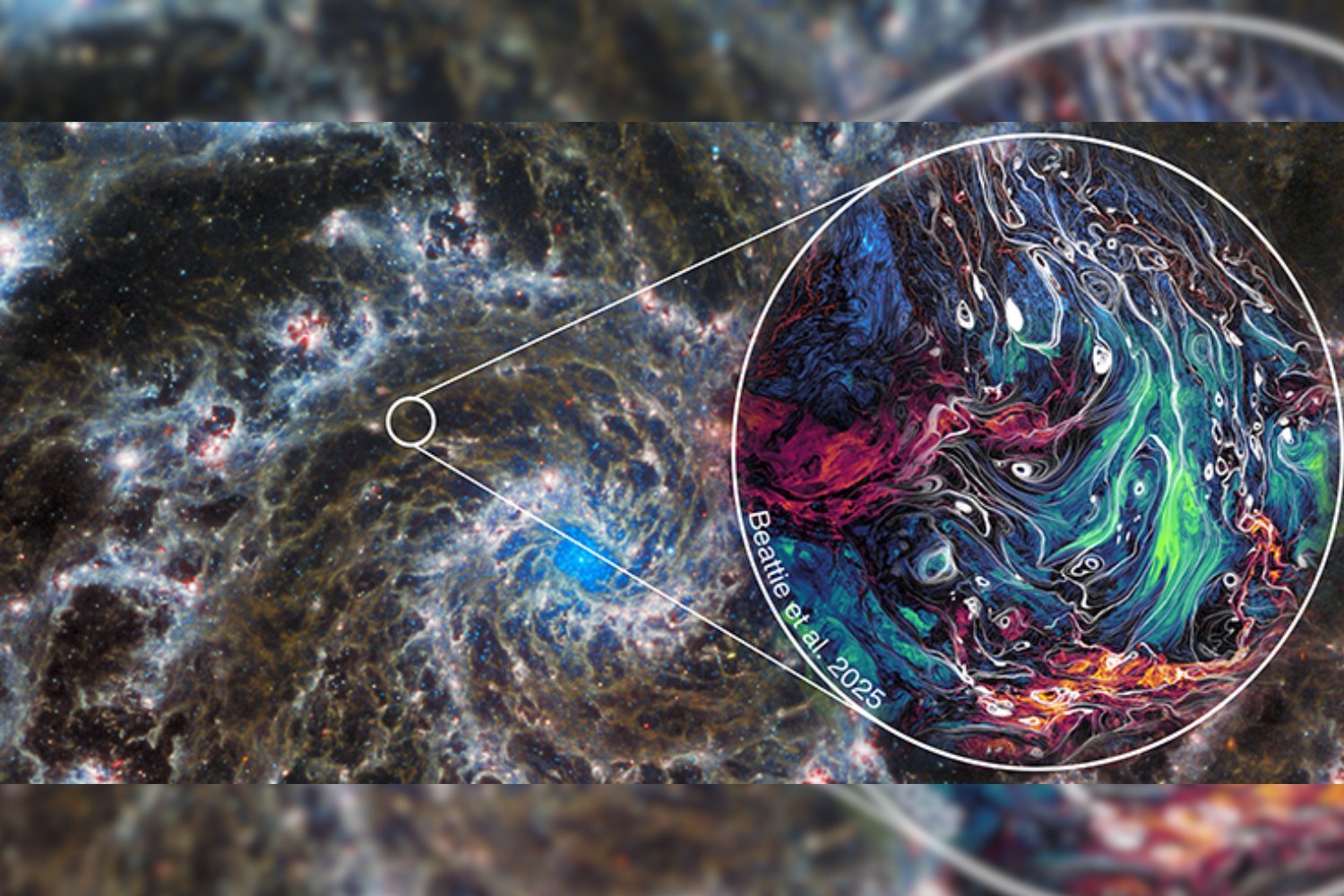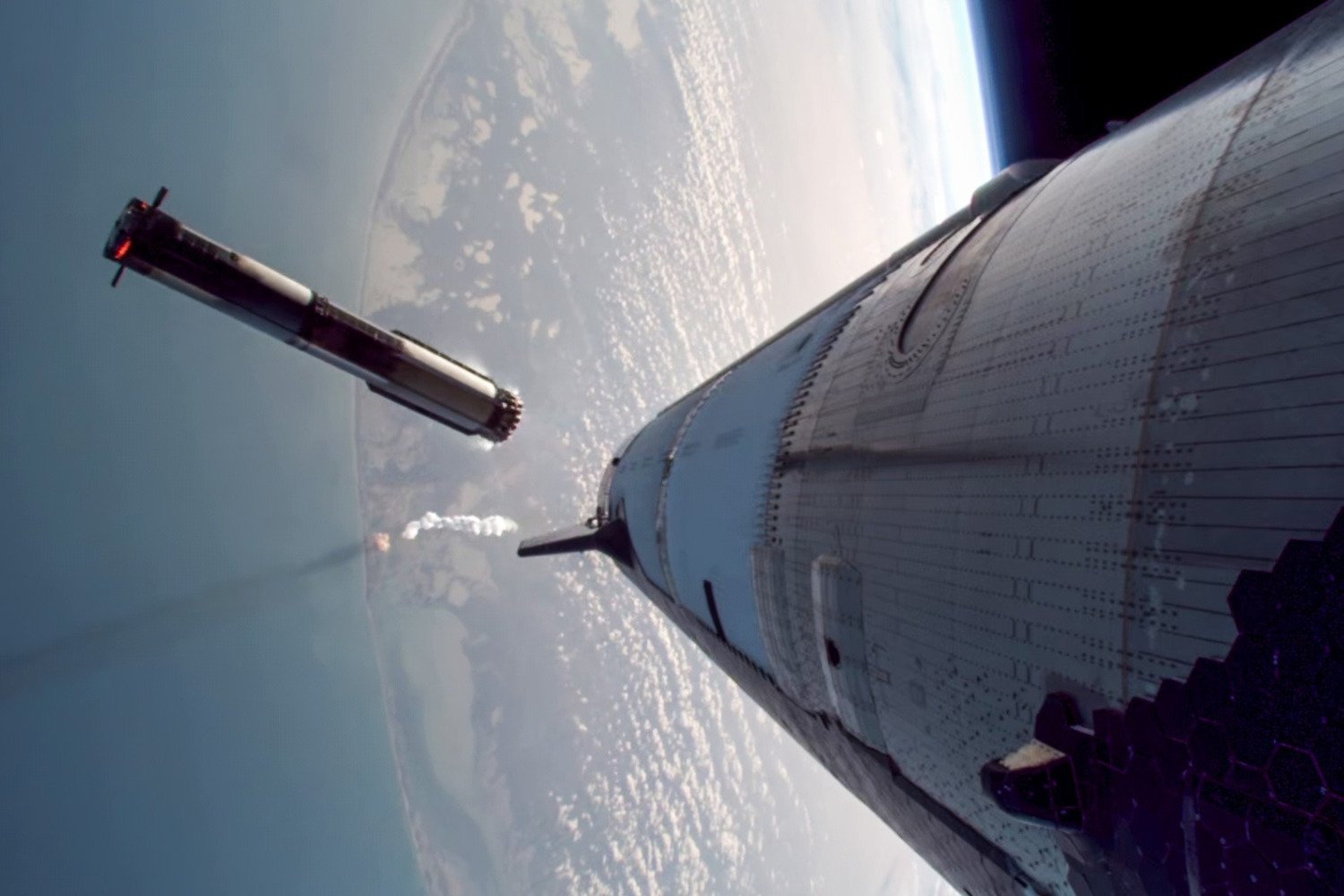In the vast, cold expanse of the early universe, a dramatic celestial battle has been unfolding for billions of years. Astronomers recently witnessed a unique form of intergalactic conflict: one galaxy wielding its quasar like a weapon to pierce a companion, severely stunting its ability to form new stars. This “cosmic joust,” observed using Chile’s Atacama Large Millimeter/submillimeter Array (ALMA) and the European Southern Observatory’s Very Large Telescope (VLT), provides an unprecedented view of galactic evolution and interaction.
The “Cosmic Joust”: A Glimpse into the Early Universe
The light from this extraordinary interaction traveled for 11 billion years to reach Earth, offering a snapshot of these galaxies as they were when the universe was merely 18% of its current age. The two galaxies are not static observers in this cosmic dance; they are hurtling towards each other at speeds exceeding 311 miles per second (500 kilometers per second). Researchers using ALMA and VLT identified one galaxy emitting a powerful beam of radiation directly into its neighbor, profoundly disrupting its star-forming processes. The findings, published in Nature, detail this intense intergalactic violence.
“We discovered a quasar—likely triggered by the merging of two galaxies—that is actively transforming the gas structure in its companion galaxy,” Pasquier Noterdaeme, a CNRS researcher at the Institut d’Astrophysique de Paris and co-lead author of the paper, told maagx.com in an email. “The idea that galaxy mergers give rise to quasars has long been proposed, mainly supported by statistical studies of host galaxy morphologies,” Noterdaeme added. “In our case, we caught the two galaxies in the act.”
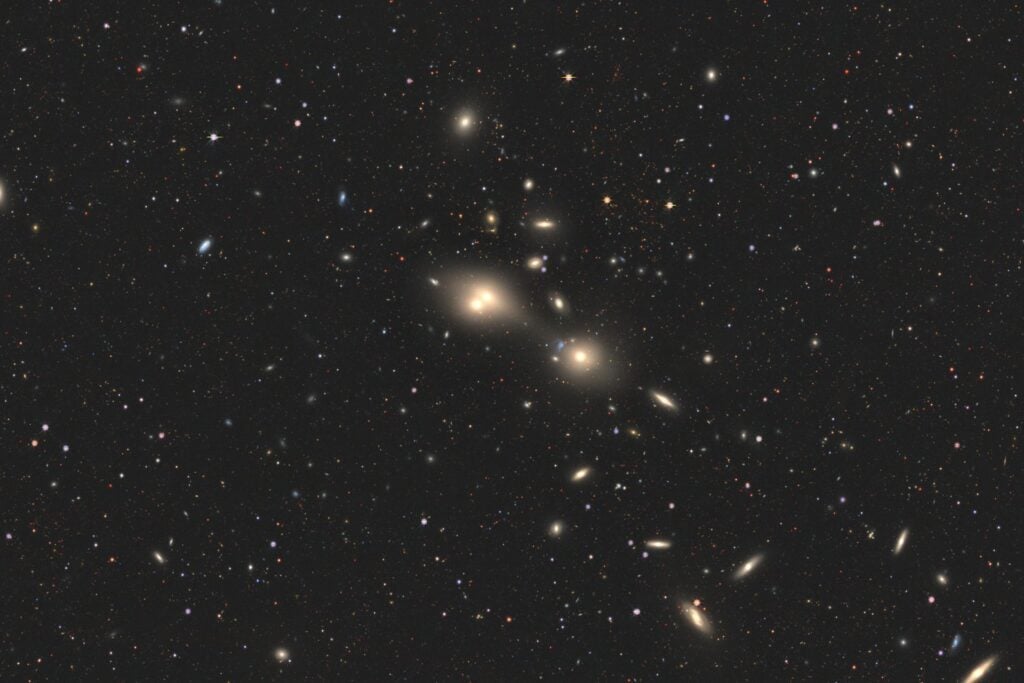 Wide-field astronomical image capturing two distant merging galaxies, where a quasar's energetic beam from one galaxy impacts the other, an event dubbed a 'cosmic joust' observed in the early universe.
Wide-field astronomical image capturing two distant merging galaxies, where a quasar's energetic beam from one galaxy impacts the other, an event dubbed a 'cosmic joust' observed in the early universe.
How a Quasar Sabotages Star Formation in its Galactic Neighbor
The research team determined that the intense radiation emanates from one galaxy’s quasar—an extremely luminous active galactic nucleus powered by a supermassive black hole at its center. This energetic beam acts like a lance, slicing directly into the companion galaxy and violently agitating its clouds of gas and dust. This disturbance creates conditions unfavorable for stellar nurseries; the regions become too turbulent or fragmented to collapse and form new stars. Essentially, the quasar-wielding galaxy is sabotaging its rival’s capacity to generate new light and grow.
“We see for the first time the effect of a quasar’s radiation directly on the internal structure of the gas in an otherwise regular galaxy,” stated Sergei Balashev, co-lead author of the study and a researcher at the Ioffe Institute in Russia, in an ESO release. This direct observation offers crucial evidence of how quasars can influence their cosmic environments. [internal_links]
Mutual Transformations and the Tools of Discovery
Interestingly, the galaxy with the quasar is not merely an aggressor; it is also undergoing its own transformation. The gravitational dance between the two merging galaxies funnels vast amounts of gas towards the quasar’s central supermassive black hole. This influx of material acts as fuel, intensifying the quasar’s activity and leading to even more violent outbursts of energy.
This unique and distant galactic interaction was only discernible due to the high-resolution capabilities of ALMA. Previous observations had mistaken the closely-spaced pair for a single luminous object. ALMA’s precision allowed astronomers to resolve them as two distinct entities. Complementing this, ESO’s X-shooter instrument on the VLT meticulously analyzed the quasar’s light, enabling the research team to understand precisely how its radiation was affecting the gas within the targeted galaxy.
The study of such ancient galactic brawls is far from over. Future instruments, like the upcoming Extremely Large Telescope (ELT), promise to provide even more detailed insights into these cosmic phenomena. With enhanced observational power, scientists hope to further dissect how quasars shape the galaxies they inhabit and influence the fate of those nearby.
Illuminating Galactic Evolution
This remarkable discovery of a “cosmic joust” offers compelling evidence of the dramatic ways galaxies can interact and influence each other’s development, particularly in the dense environment of the early universe. The observation of a quasar directly suppressing star formation in a companion galaxy provides a vital piece in the puzzle of galaxy evolution and the powerful role supermassive black holes play. As astronomical tools become more advanced, we can anticipate further revelations about the dynamic and often violent processes that have shaped the cosmos we see today.



